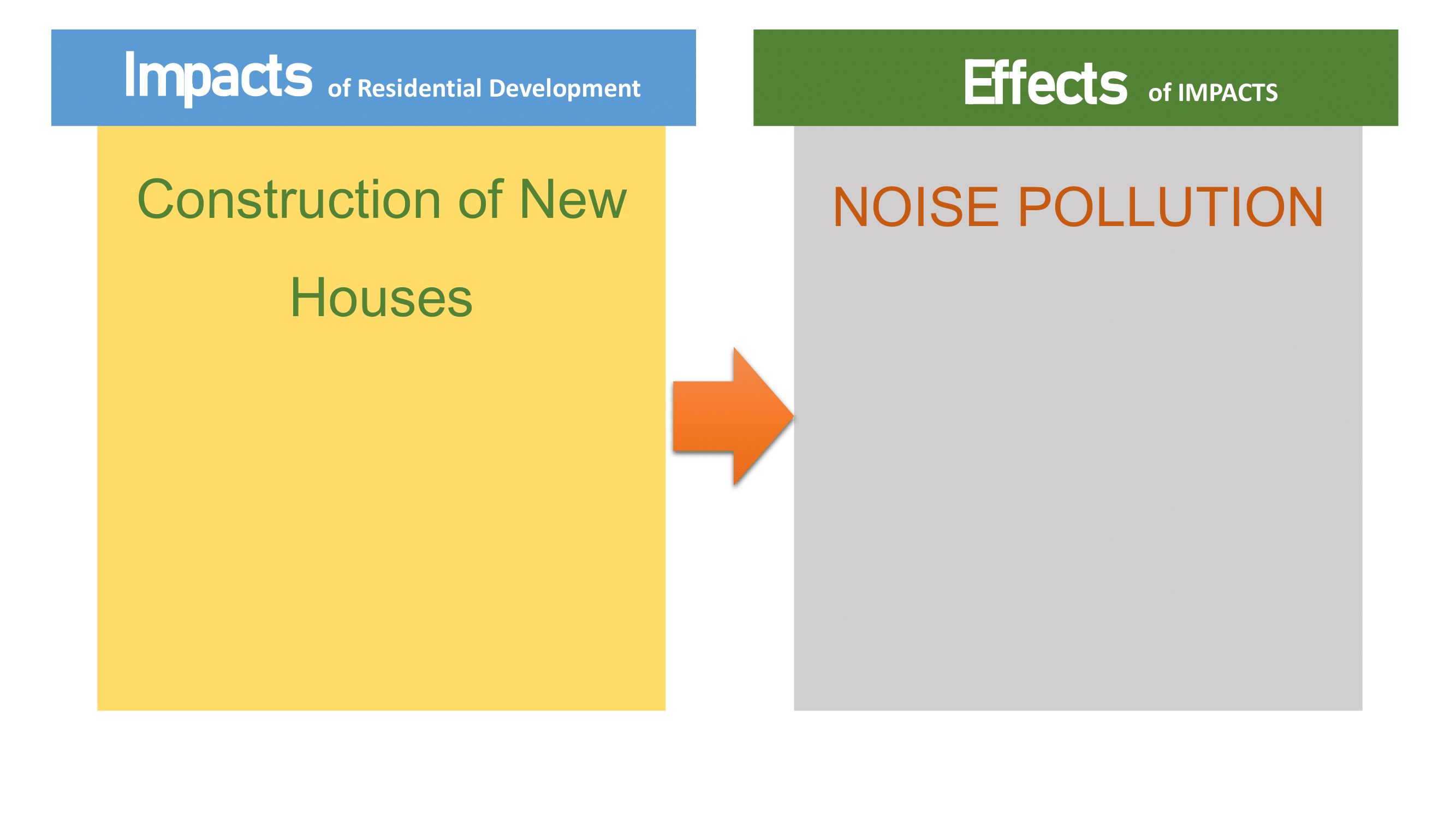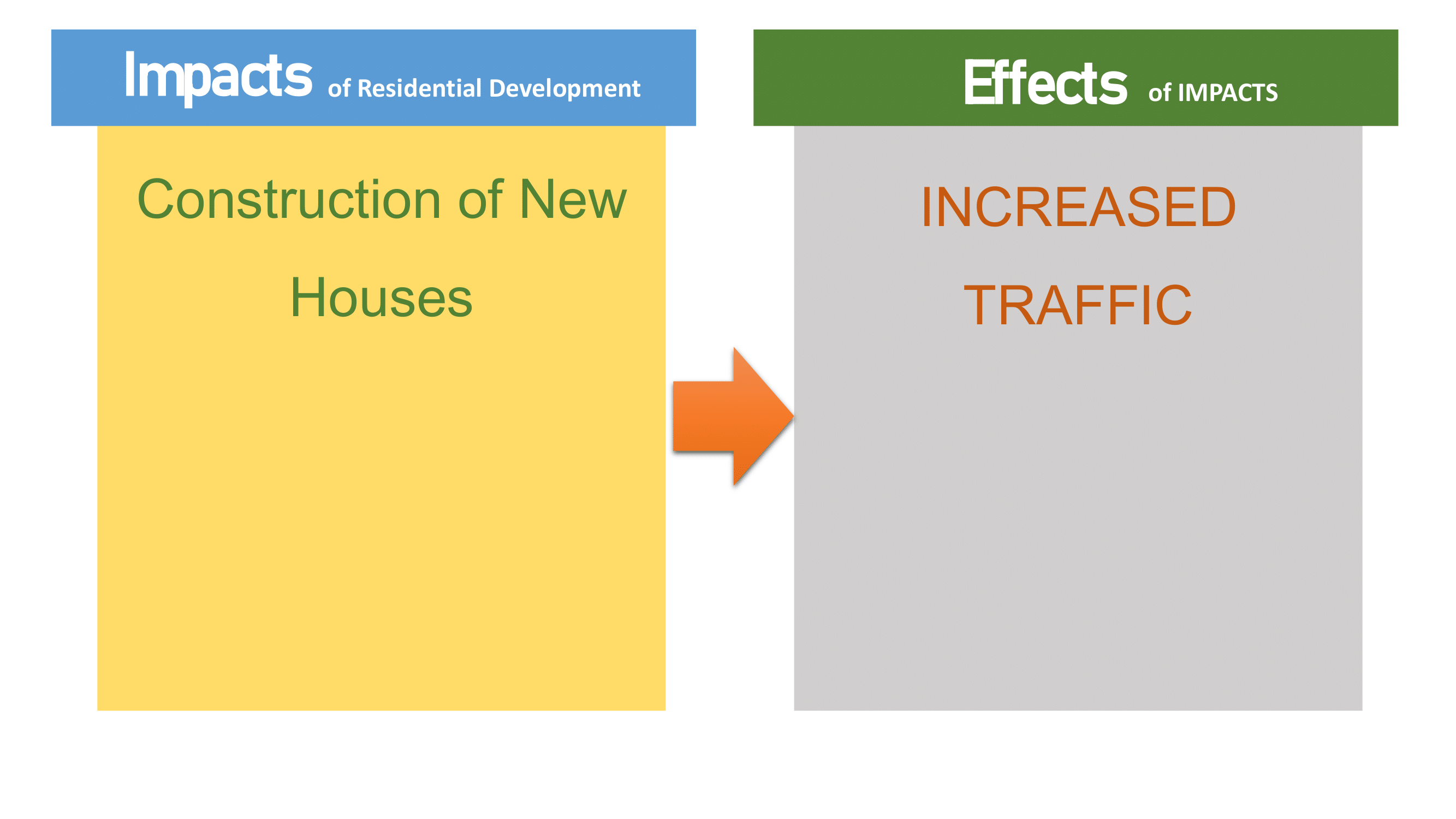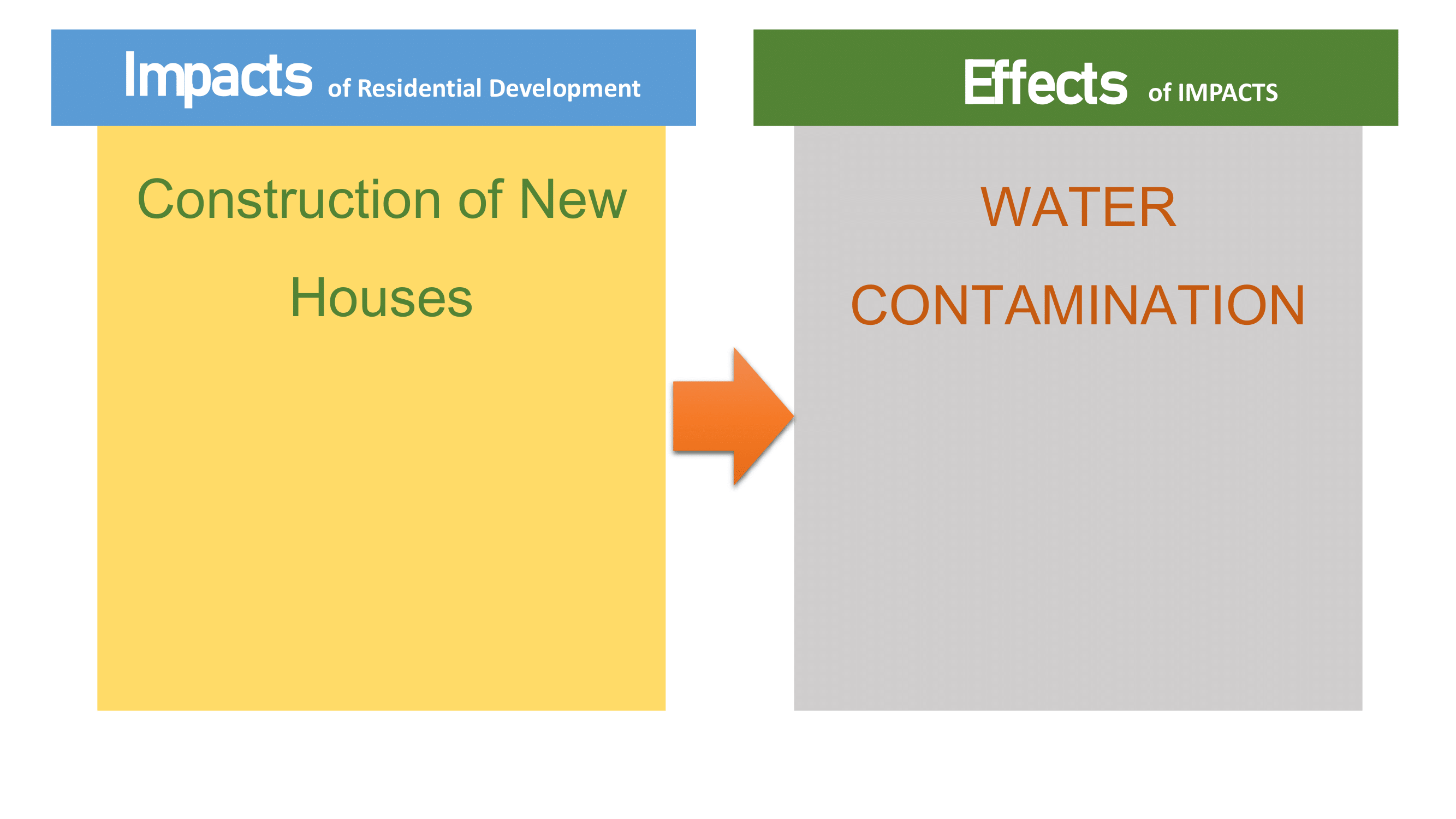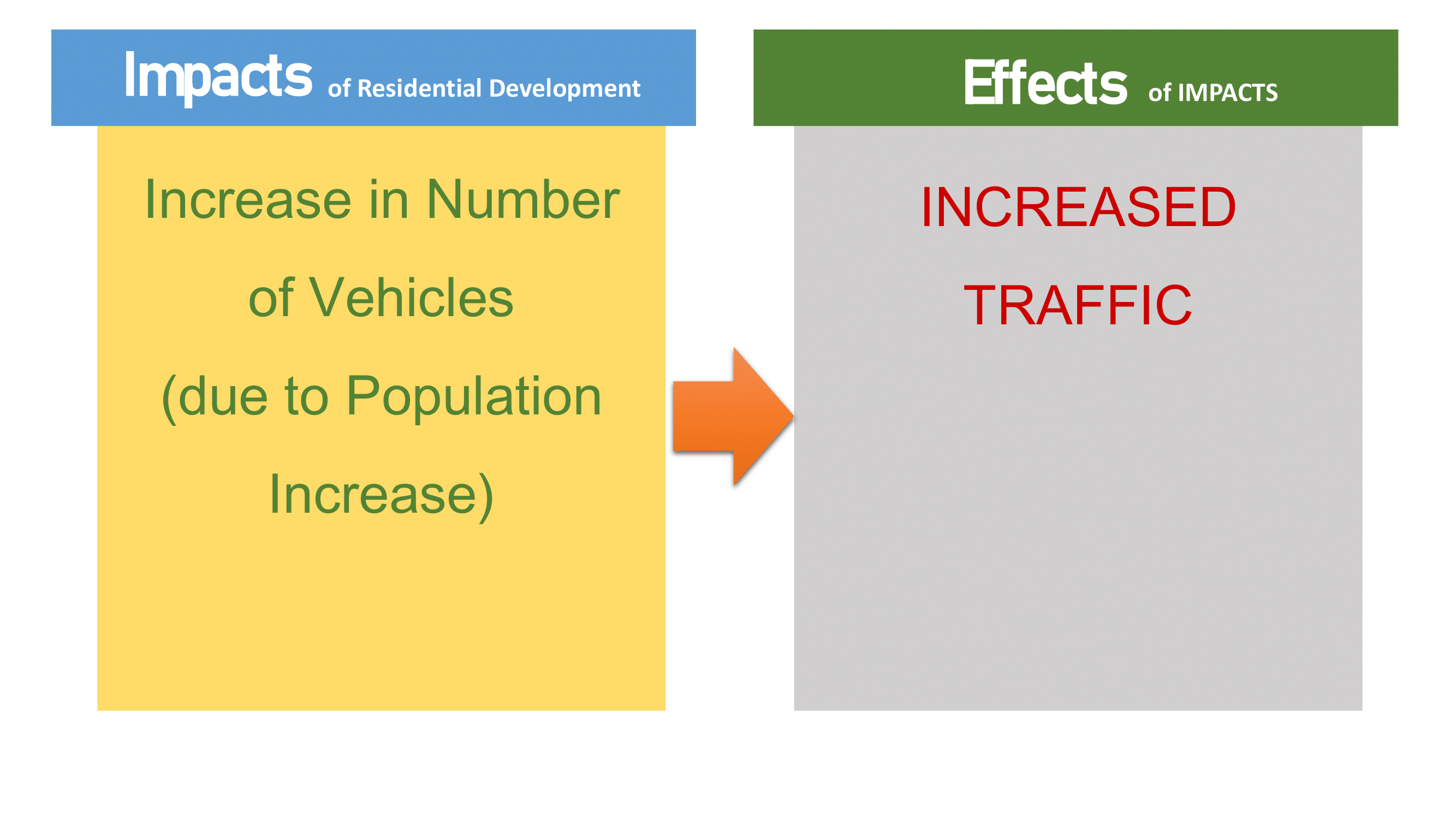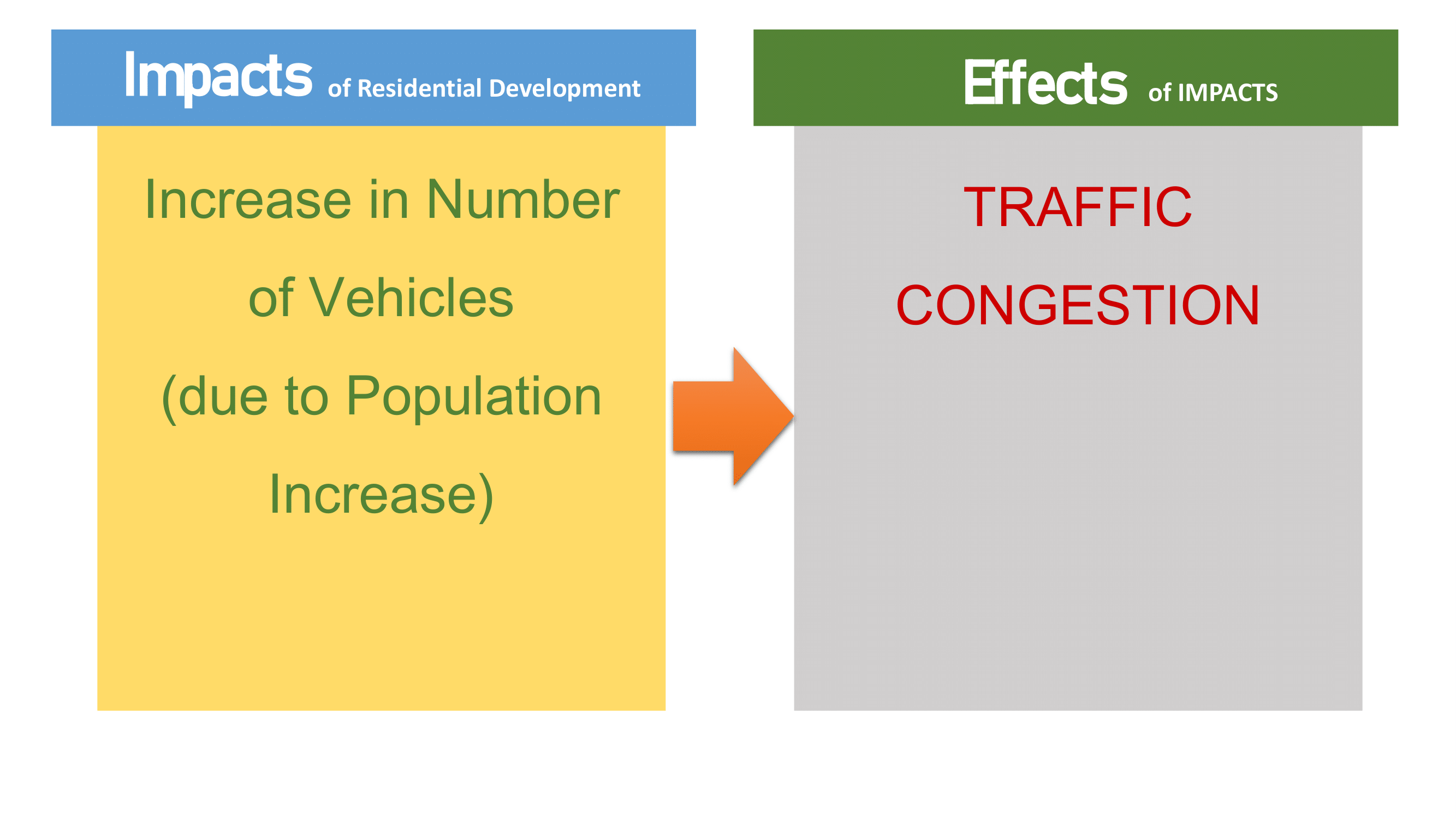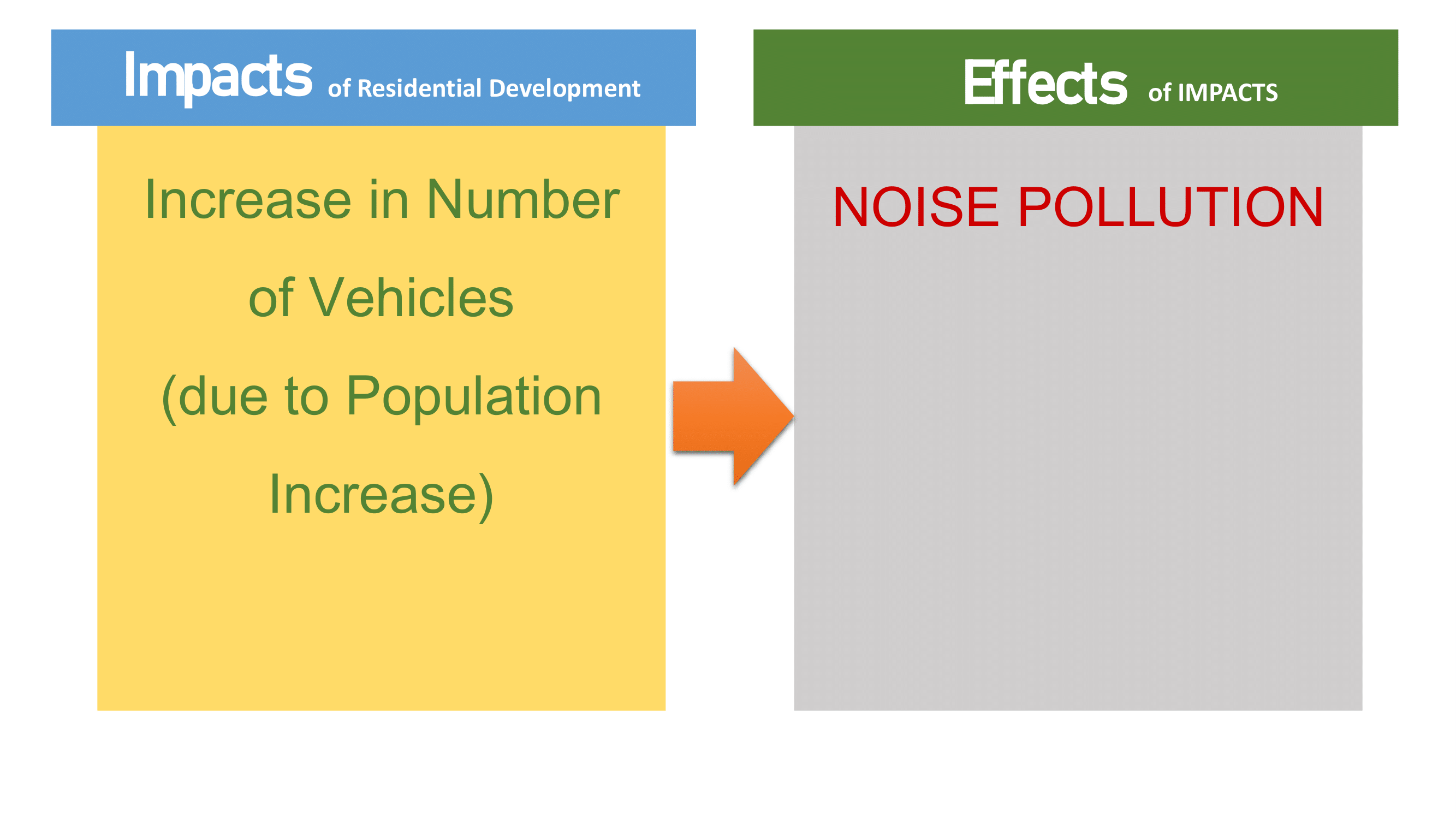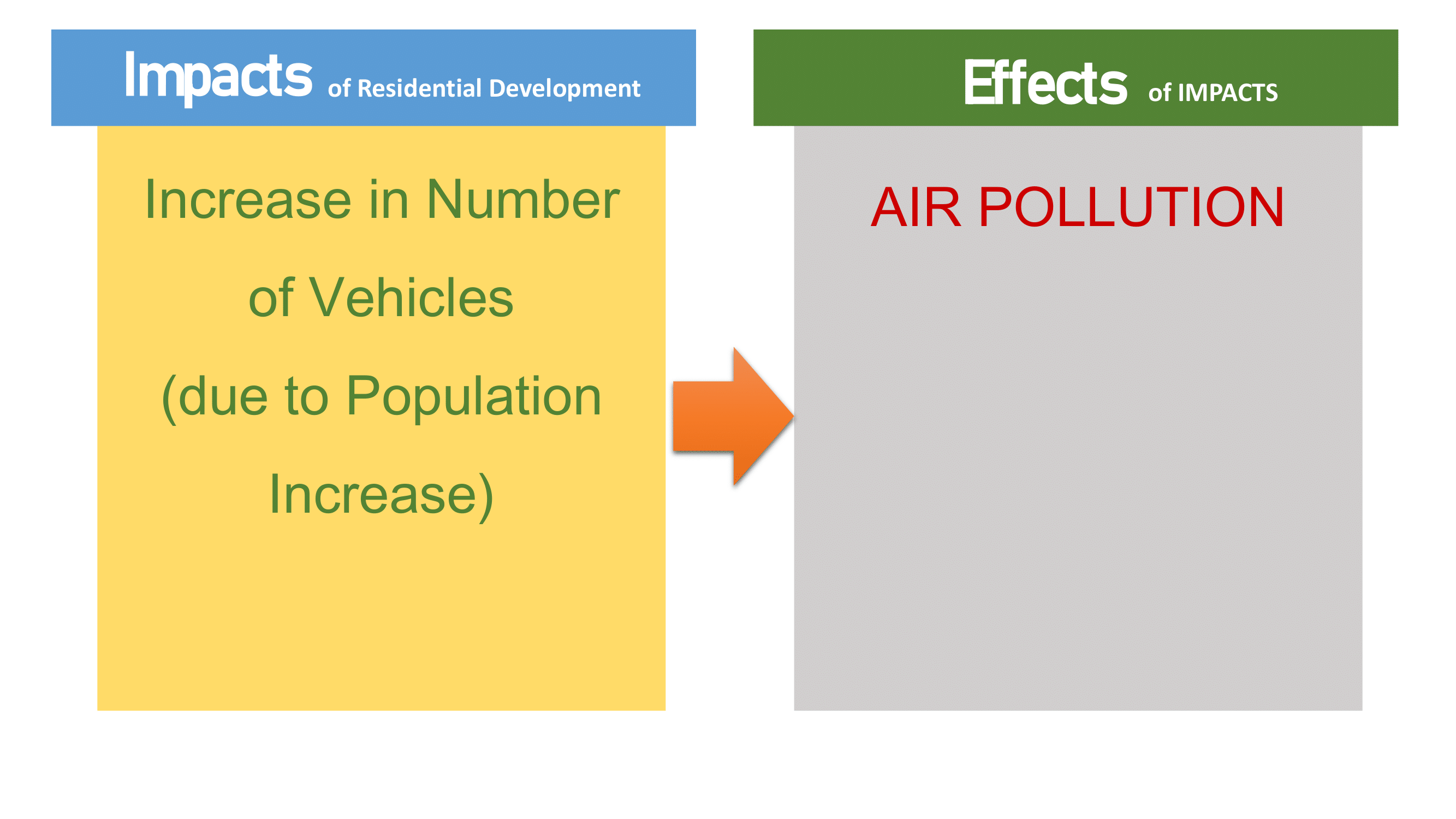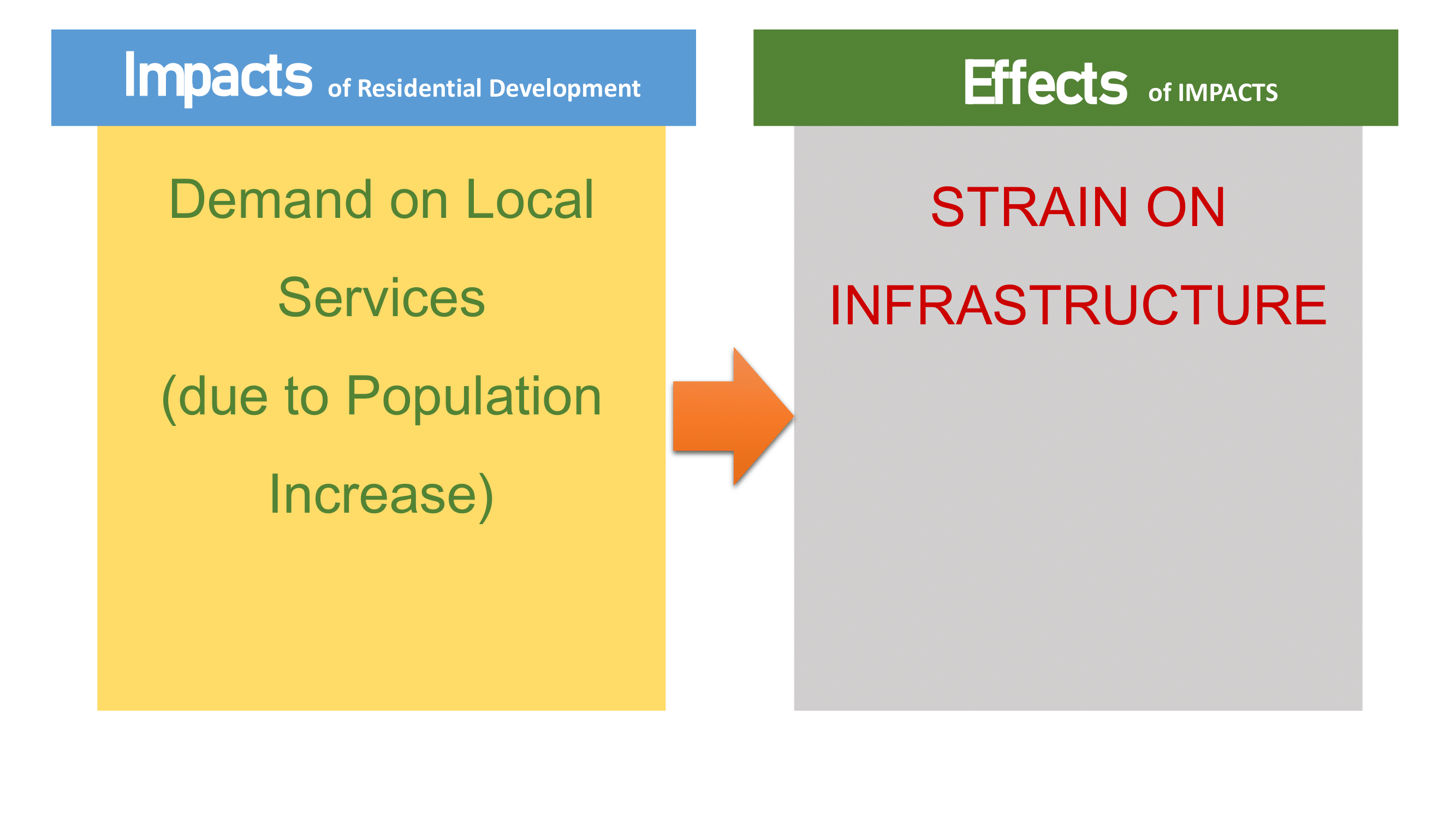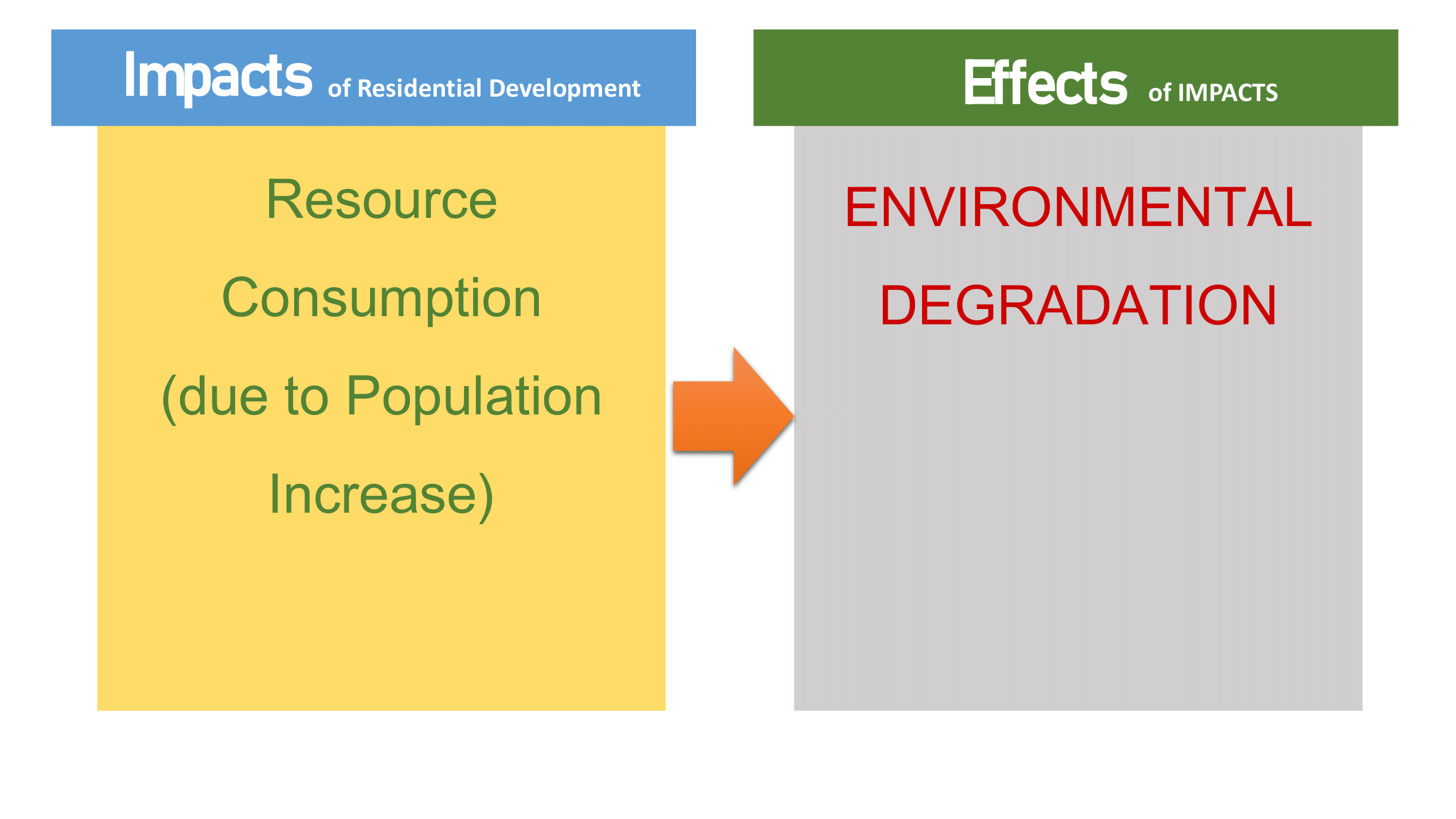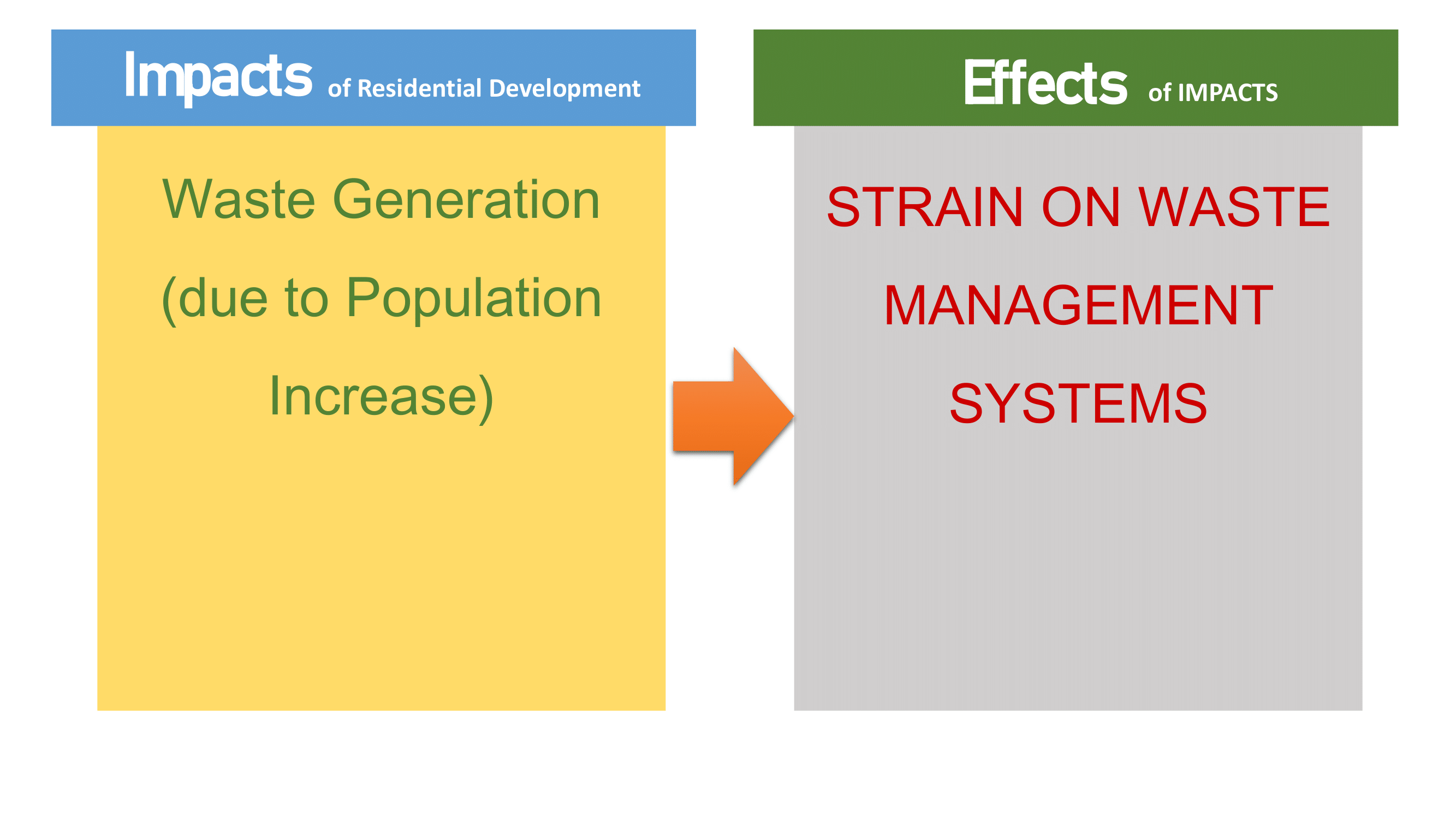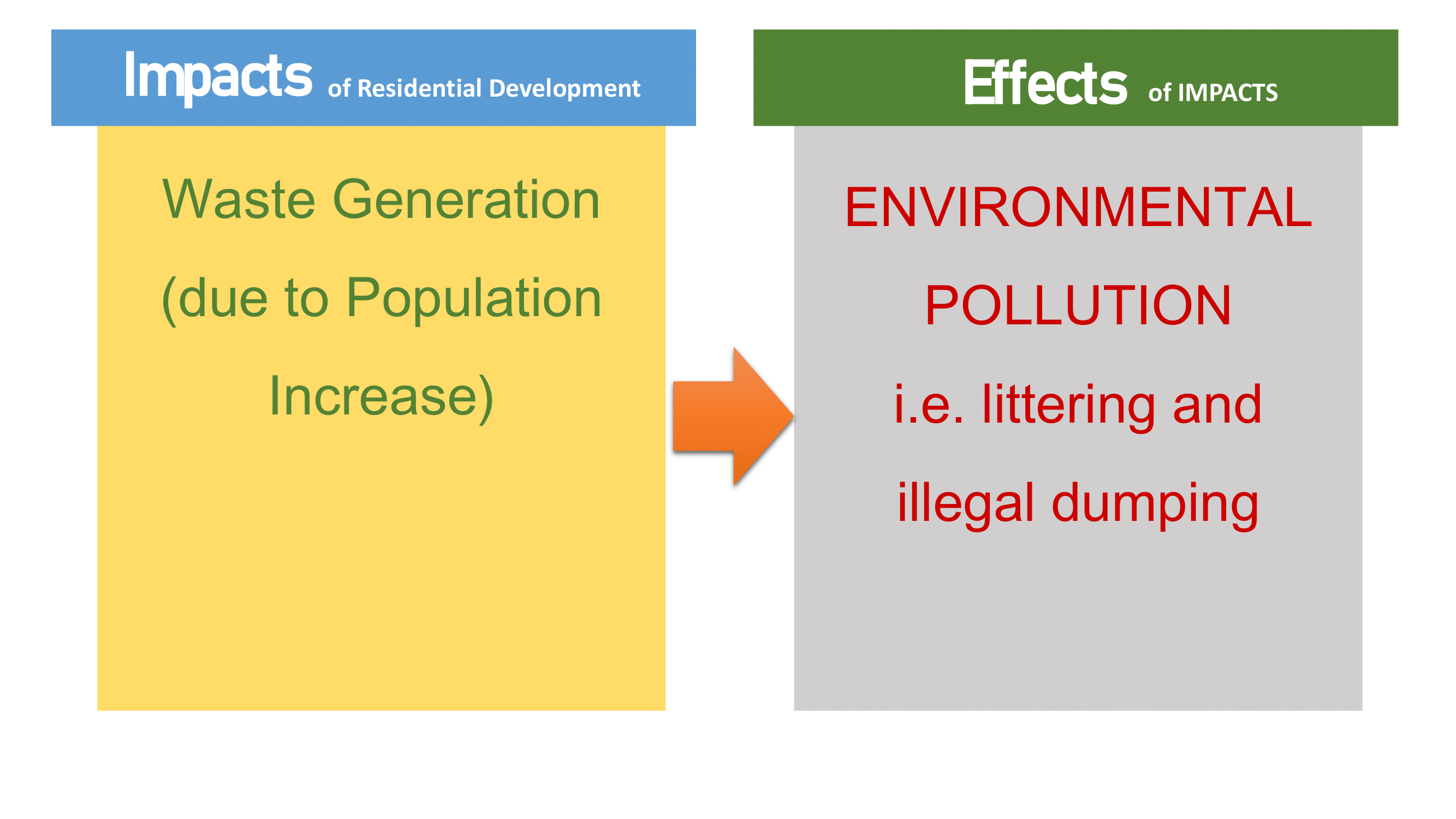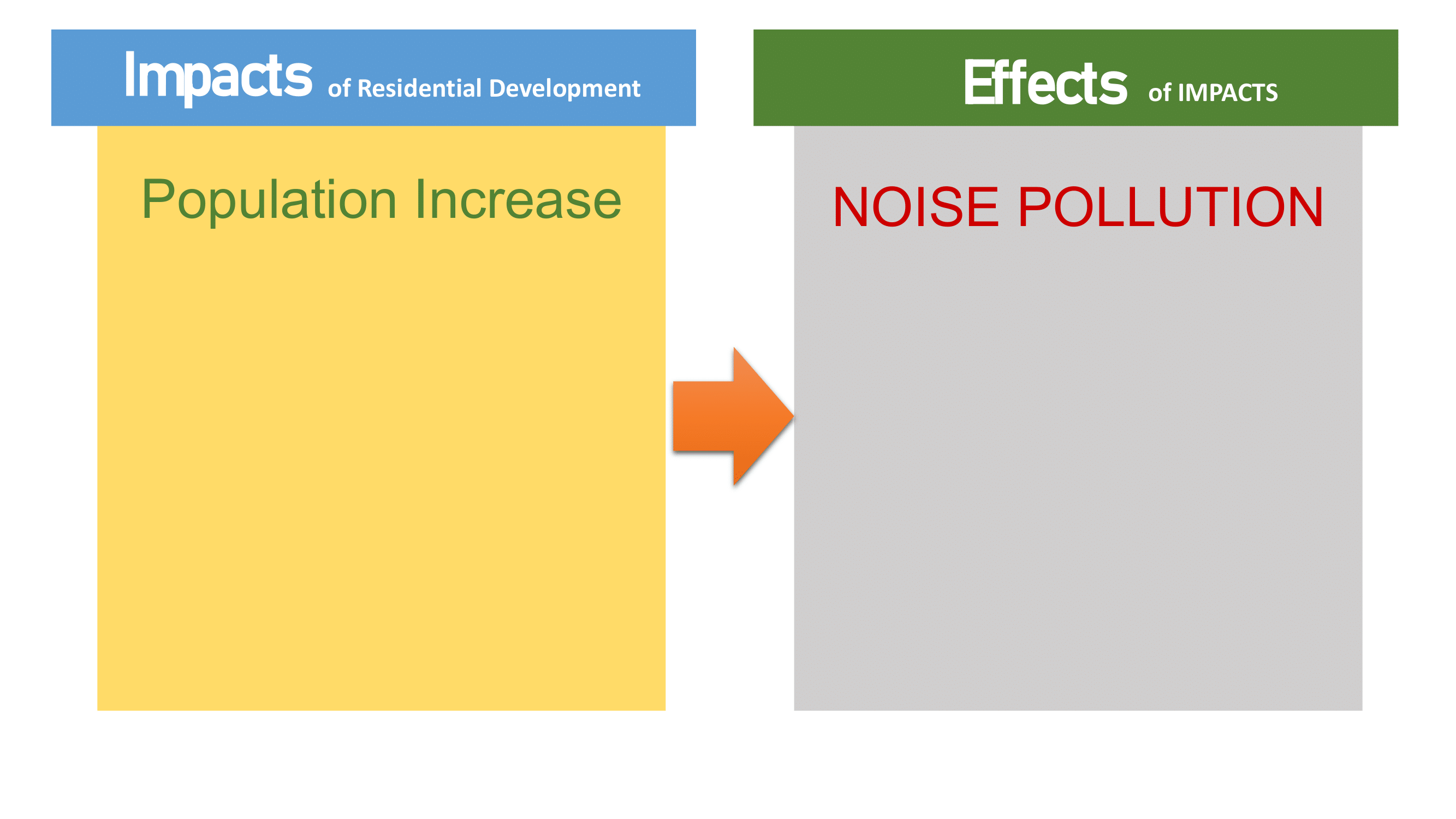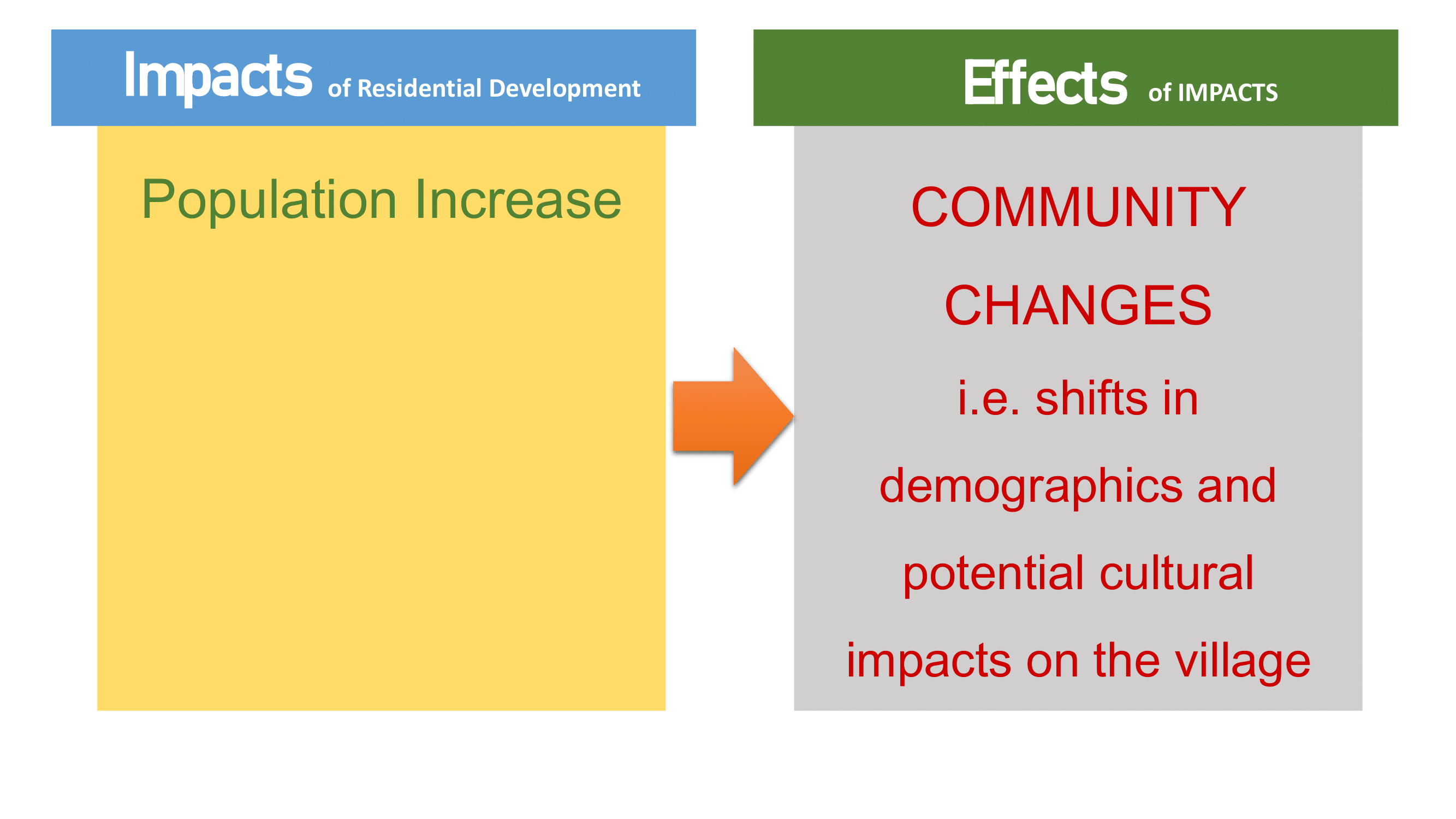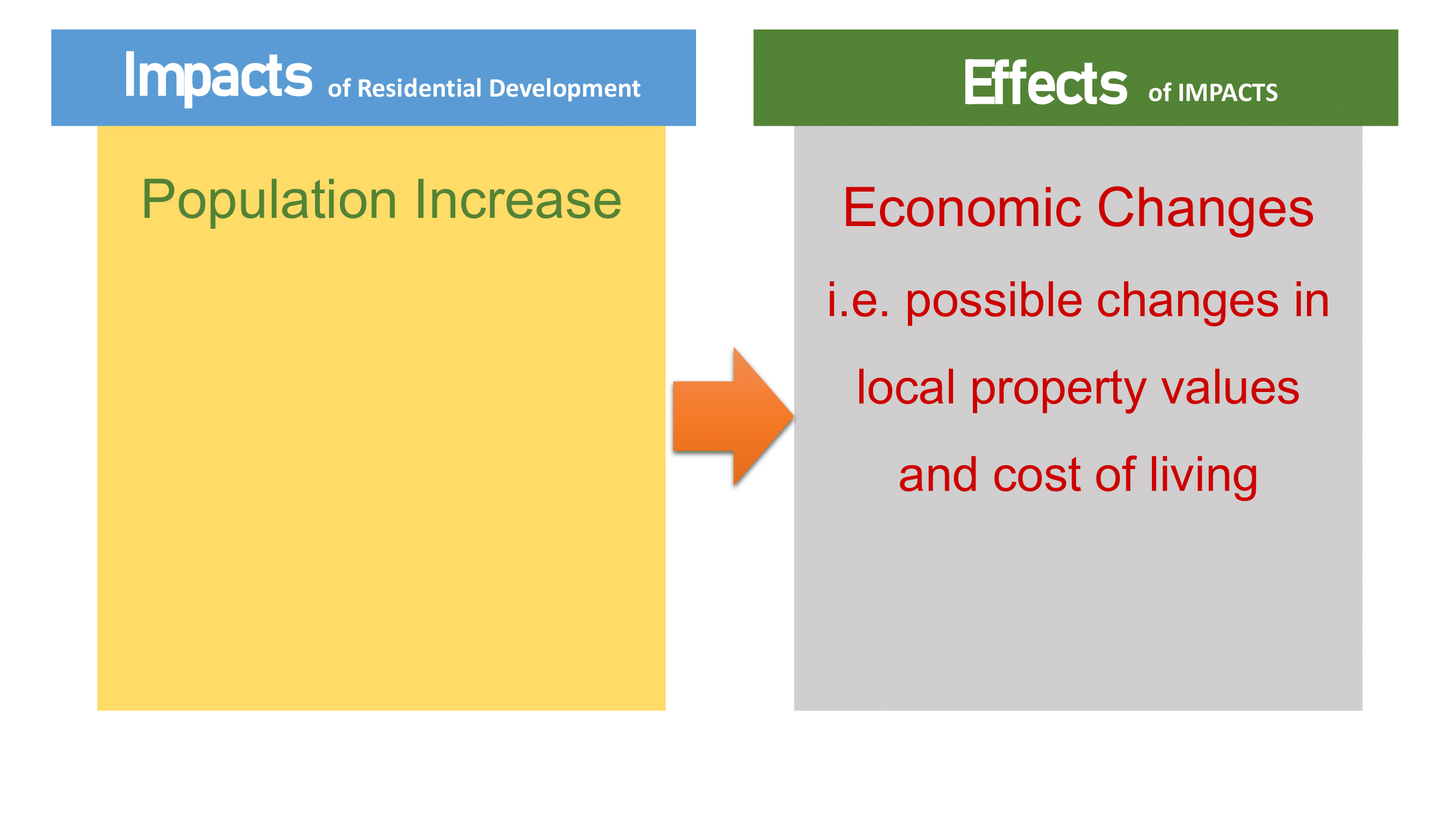In the context of Environmental Impact Assessment (EIA) in the UK, the terms “impact” and “effect” are often used interchangeably, but they have nuanced differences that are important for understanding and communicating environmental assessments effectively.
Understanding the distinction between “impact” and “effect” in the EIA process is crucial for conducting thorough and effective environmental assessments in the UK.
This distinction ensures that both the changes brought about by a development (impacts) and their specific consequences (effects) are accurately identified, assessed, and mitigated.
An impact refers to a change or alteration resulting from an activity or intervention. It is usually a broader term encompassing various types of changes, whether direct, indirect, positive, or negative.
In contrast, an effect is typically seen as the consequence of an impact. It refers to the specific outcome or result that occurs due to the impact.
The primary goal of an EIA is to identify and assess the likely environmental impacts of a proposed project and to inform the public and all other stakeholders about these effects.
It allows decision-makers to validate whether the proposed project would contribute positively to the community.

